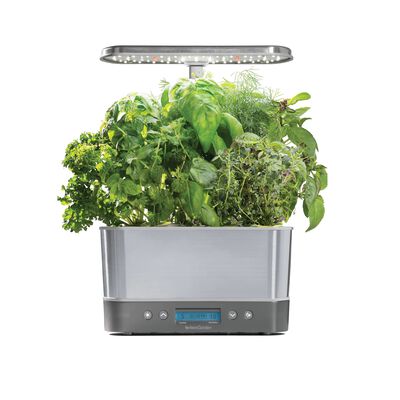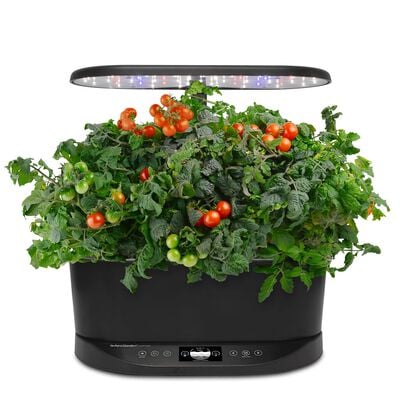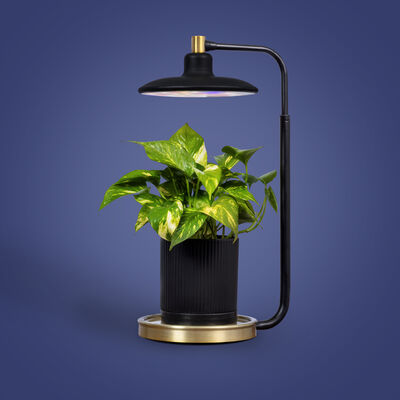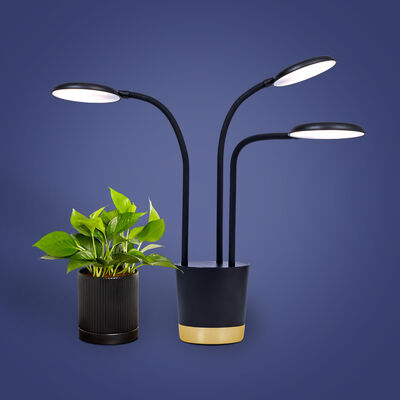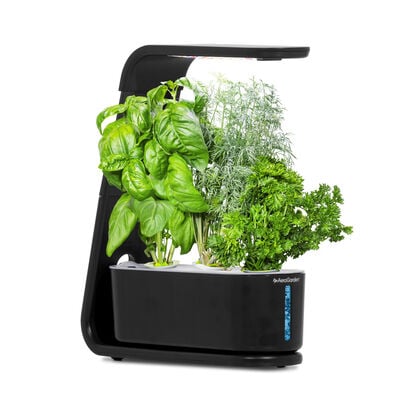Grow Into A New Chapter

Grow Into A New Chapter
Welcome back AeroGardeners! We are here for a fresh, new season of indoor growing, ready to reseed your love for gardening all over again!
Growing Favorites
From
From
From
From
From
Continue using your AeroGarden App!
Wish your plants could tell you what they need, when they need it? With the AeroGarden app, it's like they can! Download the app FREE on the App Store & Google Play.

No Green Thumb (Or Dirt) Needed






















